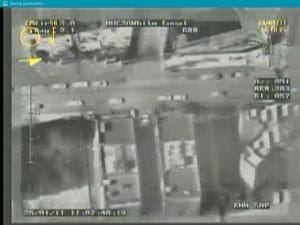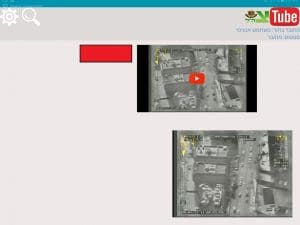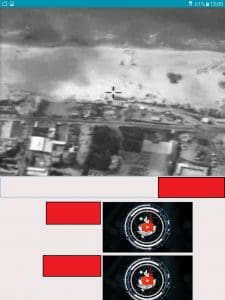This post is also available in:
 עברית (Hebrew)
עברית (Hebrew)
The video field is currently going through an accelerated revolution. All the information is web-based and accessed by users through smart devices. The amount of available information has been increasing exponentially, and in fact, each person is now an independent news channel broadcasting from the field. The armed forces and the civilian industries are both facing similar challenges in this realm, although they differ in focus.
Major Mark Mendelman will soon be terminating his role as the current Head of Video Department at Maof, which is part of the LOTEM Unit, the largest technological unit in the IDF. He serves at the J6/C4I and Cyber Defense Directorate. In an interview to iHLS, he lets us into the fascinating technological world that’s under his responsibility – video and image in operational networks and systems. iHLS organizes the leading conference in this field – Video Analytics 2017 – on October 30th.
According to Maj. Mendelman, who has a first degree in Computer Sciences from the Technion and a second degree in Financial Mathematics from Bar Ilan University, some 70-80% of the current web content are video. Everything is documented, each smart vehicle and every security camera, a drone or a mobile phone are video sensors that relay information digitally through the net.

The challenge has been two-fold: To be able to relay video from every sensor everywhere and make it accessible, while knowing how to analyze the huge amount of information from all the sensors – how to refine this vast information and supply the user what he needs fro the specific operational requirements. This means streaming relevant smart video on real-time. The challenge is to bring the relevant video, on time, to the relevant end. A qualitative and secure video everywhere.

Two developments have recently occurred in the military video field:
First, the achievement of the knowhow required to make operational video accessible over an innovative platform based on a video portal (ztube) through an adaptive web;
Secondly, the mobility: The development of the unique military cellular network which is rugged and cyber secure.

Some of the technological breakthroughs in video analytics have been reflected by the military Ztube – a web-based military platform for real-time video according to authorization. The platform enables accessibility to video analytics for whoever is relevant. The information is on the IDF cloud.
The same portal is also a mobile application, and the whole system is cyber secure. In fact, every development is designed in advance from the point of view of cyber security.
How does the military cope with connectivity challenges? According to Maj. Mendelman, the IDF offers solutions and supplies adaptative abilities in order to adapt the data transfer to the available conditions and supply a good platform.

One of the growing fields in civilian and military innovations has been Artificial Intelligence. You train external algorithms about the military realm, not necessarily with standard processors but rather with GPUs. You create adaptations from companies such as Google and Microsoft and train the algorithms and even make them compete over the same data sets in order to choose the best one.
The video program is managed and led at the MAOF department, and the video solutions are supplied by three agencies: MAOF, LOTEM and IBM.
What are the interactions between the military development and the civilian market? According to Maj. Mendelman, the open source offered by the major global software giants, e.g. Facebook, Google, Linkedin and Microsoft, enables a vast array of advanced civilian technologies that the Army can adopt for its own requirements, to take existing technologies, improve them and make adaptations. The military video technology is sometimes more advanced than the civilian one due to the fact that the armed forces cope with challenges that do not exist in the commercial sphere, with emphasis on real-time video capabilities and the cybersecurity field.
Is there any military technology transfer to the civilian market? “In the video field which I can refer to there are security limitations – a code developed for a specific military need can not be taken out of the army from both security constraints and in order not to expose the abilities.”
In sum, the global video field has been growing and challenging and characterized by a meteoric development enabled by the advanced networks and devices. Everybody is relaying information and the information overload is huge. Altogether, today everybody wants to be a player in the video and analytics field, and it is imperative to expect the forthcoming developments and harness them to the army’s unique needs.


























